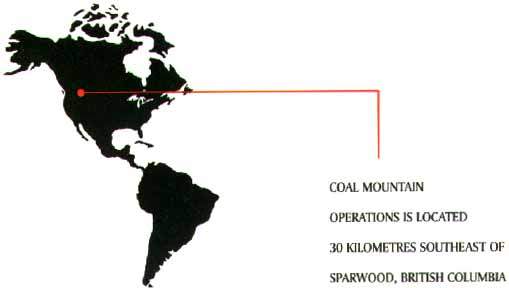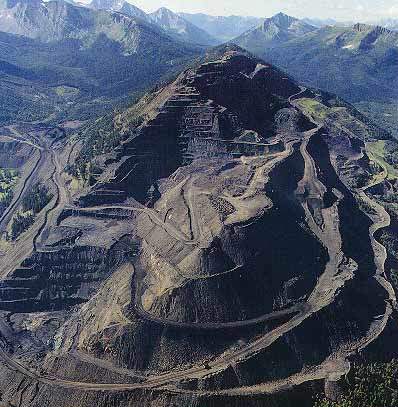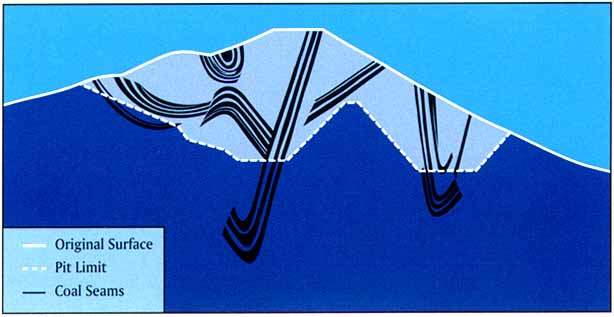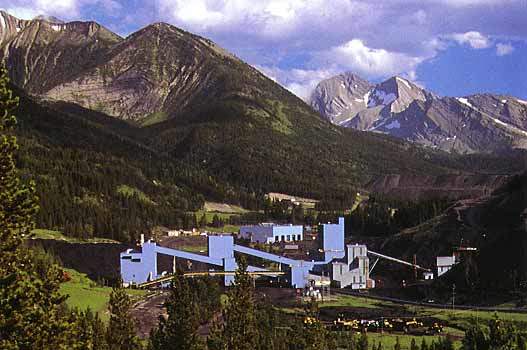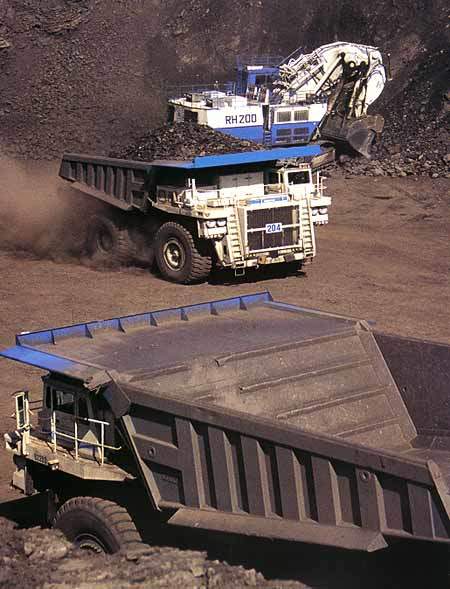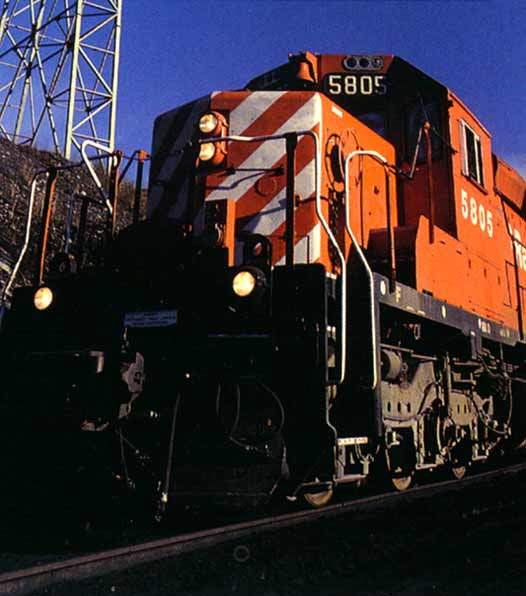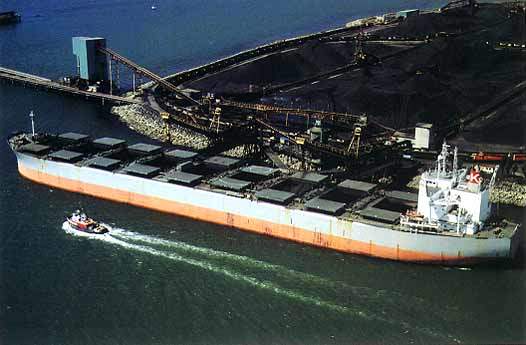Situated 30km south east of Sparwood, in south-eastern British Columbia, the Coal Mountain metallurgical/thermal coal mine produces metallurgical and thermal products for international steelmakers and other industries.
Formerly owned by Esso Resources Canada, and operated by its Byron Creek Collieries subsidiary, Coal Mountain was acquired by Fording Coal in 1994. In 2003, ownership of Coal Mountain was transferred to the Elk Valley Coal Partnership, which was 60% owned by Fording Canadian Coal Trust and 40% by the major Canadian mining company, Teck Cominco.
In October 2008, Teck Cominco increased its stake in the Elk Valley Coal partnership to 100% and reamed the company Teck Coal.
After purchasing the mine, Fording embarked on a major mobilisation and upgrading programme that included preproduction stripping, exploration, the purchase of larger, more efficient mining equipment, and significant modifications to the processing plant.
Coal Mountain now has a mine capacity of 2.7Mt/y while its washing plant can handle up to 3.5Mt/y of run-of-mine coal. It produced 2.2Mt of coal in 2008.
Production at the mine was temporarily suspended in August 2010 following a strike initiated by the United Mineworkers of America to replace the labour agreement that expired on 31 December 2009. In September 2010, Tech Resources announced a ratified five-year agreement. Production at the mine resumed immediately.
Geology
As with the neighbouring Elk River coalfield to the north, coal resources in the Crowsnest district are hosted in rocks of the jurassic Kootenay formation. The strata have been extensively folded and faulted, a factor that has helped increase the apparent thickness of seams in some areas. Resources at Coal Mountain are generally of mid-volatile bituminous rank.
As of end-2009, the mine’s proven reserve totalled over 26Mt of clean coal, with a further 111Mt of measured and indicated resources. These are contained within three coal horizons, the largest being the Mammoth seam, which varies from 1m to 200m in thickness across the property. Reserves are adequate to support mining for at least nine more years.
Plant operation
Open-pit mining is used at Coal Mountain. Overburden stripping and coal production rely on a shovel-and-truck operation. The principal excavators are two O&K RH200 hydraulic shovels with 21 and 26m³-capacity buckets and a LeTourneau 21m³ wheel loader. These are used to load overburden and interburden into the operations’ fleet of 136t- and 218t-capacity haul trucks.
Enhancements to the processing plant, including the addition of the most up-to-date process control technology, have improved plant yield while allowing greater flexibility in controlling coal quality.
In common with Teck Coal’s other operations in British Columbia and Alberta, Coal Mountain’s washing plant has an automated sampling system on its product stream.
Online neutron-activated ash and moisture analysers are used to provide data that permits the plant’s operators to monitor and tightly control product quality.
Product transportation
The loading process at all of Teck Coal’s operations is monitored by a central computer which controls the automated system. Rail cars can be loaded to within 0.5% of their capacity to prevent over- or under-loading.
Access to its parent company, Canadian Pacific’s, rail system and the export port at Roberts Bank provides Teck Coal with one of the lowest cost transport systems in the world, on a per-tonne-per-kilometre basis. CP Rail uses 112-wagon unit trains to handle Fording’s output, making a round trip over the 1,175km-long journey from the south-eastern BC mines to the coast in around 85 hours.
Roberts Bank, operated by Westshore Terminals, has an annual throughput capacity exceeding 22Mt and is the largest coal-loading port on the west coast of North America. Teck Coal has over 600,000t of storage capacity at Roberts Bank, where the loadout can accommodate bulk carriers in excess of 250,000dwt.
Teck Coal also ships coal east by rail to Thunder Bay terminals at the port of Thunder Bay, Ontario, while direct rail links to the central and eastern USA provide further access to important markets for the company.

